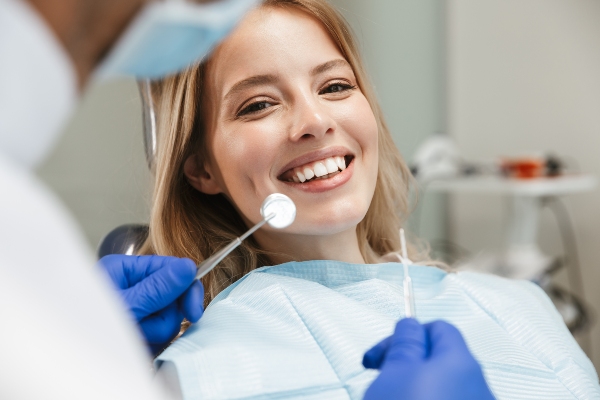 Orthodontics can be used to treat a variety of teeth alignment issues, like a crossbite or crooked teeth. The alignment of a person’s teeth plays an important role when it comes to their oral and overall health. A person has a bad bite when some or all of their teeth do not come together as they should when the mouth is closed.
Orthodontics can be used to treat a variety of teeth alignment issues, like a crossbite or crooked teeth. The alignment of a person’s teeth plays an important role when it comes to their oral and overall health. A person has a bad bite when some or all of their teeth do not come together as they should when the mouth is closed.
This often leads to a range of problems, from not being able to properly chew food to ruining the way that the person’s smile looks. Fortunately, orthodontics provides dentists with various options when it comes to correcting problems with their patients’ teeth alignment.
Common teeth alignment issues that orthodontics can fix
Dealing with poorly aligned teeth? Here are common teeth alignment issues that orthodontic devices like braces can correct.
1. Crossbite
A person is said to have a crossbite when their upper set of teeth sits on the inside of the lower set when their mouth is closed. The issue might only affect a tooth or an entire set of teeth. When left untreated, a crossbite can lead to other problems, such as uneven jaw development, worn-down teeth enamel, and unbalanced jaw movement.
A patient has a subsequent crossbite when their upper teeth at the back sit inside the bottom teeth. A frontal crossbite occurs when the top teeth sit behind the bottom teeth.
The severity of a patient’s condition often determines how a dentist approaches treating their crossbite. Clear aligners can be used if the patient’s issue is not caused by their jaw being in the wrong position, while braces can be used in all cases.
2. Underbite
An underbite occurs when the lower set of teeth protrude past the upper set. It creates a “bulldog” type of look, with the patient appearing to frown whenever their face is in a neutral position. The condition puts stress on a person’s teeth and often leads to teeth wearing down or becoming damaged. The condition also weakens the temporomandibular joints (TMJ), increasing the risk of TMJ-related issues developing.
Braces are required to treat severe underbites because there might be a need to move the position of the patient’s jaw. Minor cases can be treated with clear aligners.
3. Open bite
A frontal open bite occurs when the upper and lower jaws do not extend as far out as they should. The condition can be the result of mouth breathing, tongue pushing, or extreme thumb sucking. A posterior open bite occurs when only the back teeth fail to extend as they should.
An open bite often leads to tongue thrusts, speech issues, and difficulty swallowing. Minor cases can be treated with clear aligners, while severe cases require braces and other appliances that can move the patient’s jaw.
Get straighter teeth
Dealing with poorly aligned teeth? Call or stop by our Tustin clinic to learn more about how our dentist can fix a range of orthodontic issues.
Request an appointment or call FitSmiles Orthodontics at 714-782-0217 for an appointment in our Tustin office.
Related Posts
As teenagers grow up, they may need orthodontic treatment, particularly if they have crooked teeth or gaps in their smile. These issues can affect their self-esteem and take a toll on their mental health if they are left unaddressed. Clear aligners are an effective treatment for teens to help correct misaligned or crowded teeth. In…
Orthodontics is a field of dentistry that specializes in correcting misaligned teeth and jaws, helping the appearance and function of your smile. If you have crooked teeth, an uneven bite, or other dental issues, you may be considering orthodontic treatment. Here we will explore the different options of orthodontic treatments available, so you can better…
Orthodontics can help address issues with your bite and provide a variety of benefits, like improved oral hygiene, improved speech, and an improved smile. Orthodontics works best when patients are around the ages of 9 to 14. At this point, the jaw and facial structures are still developing, but most of the permanent teeth should…
